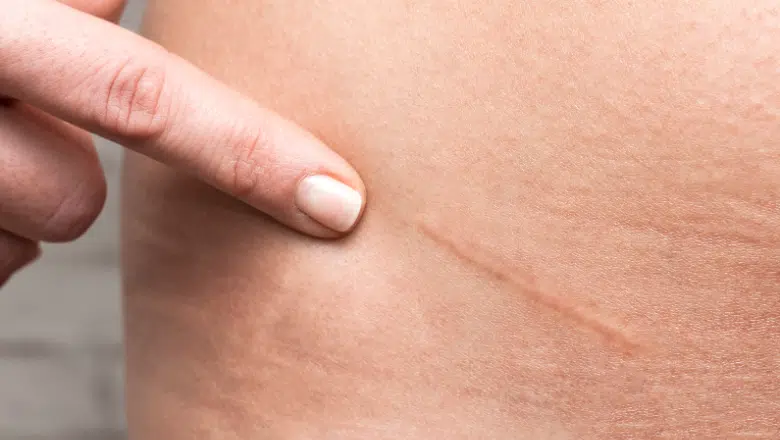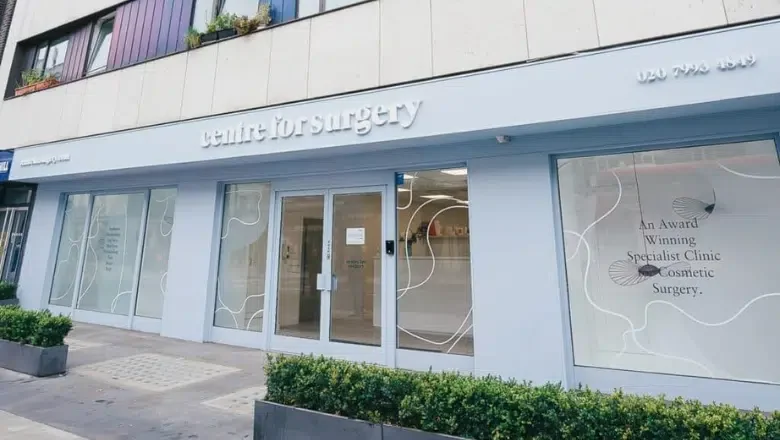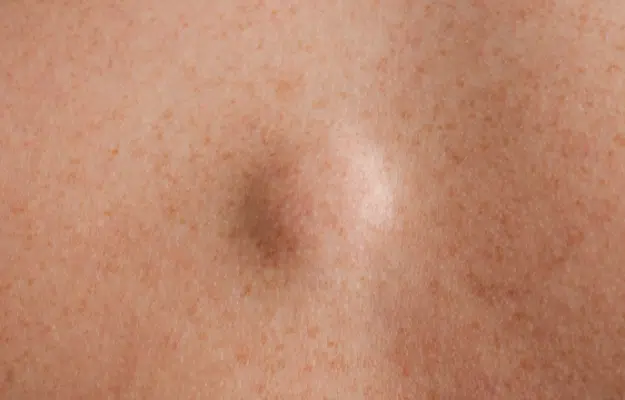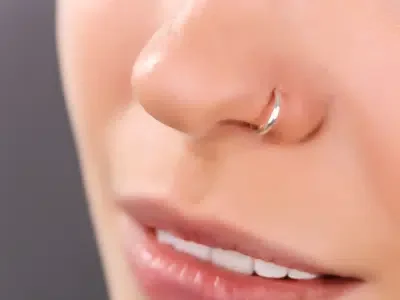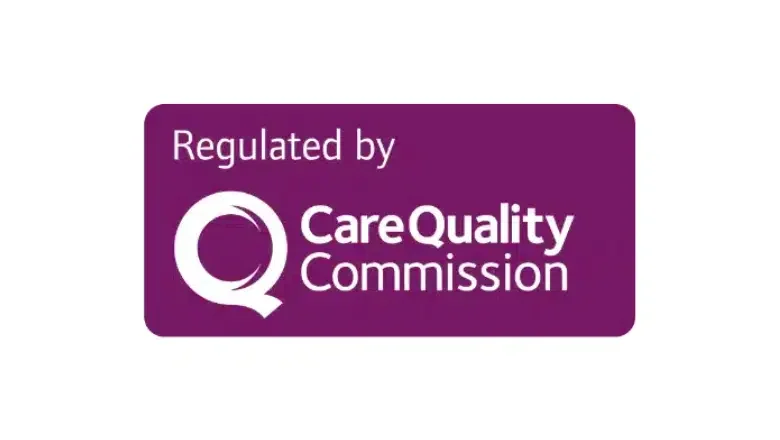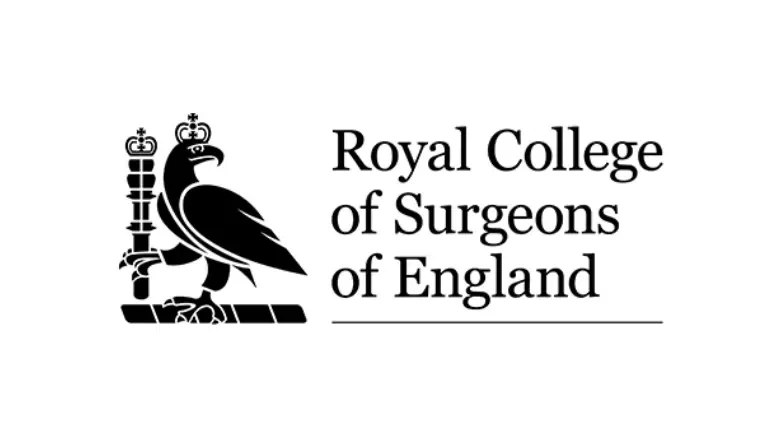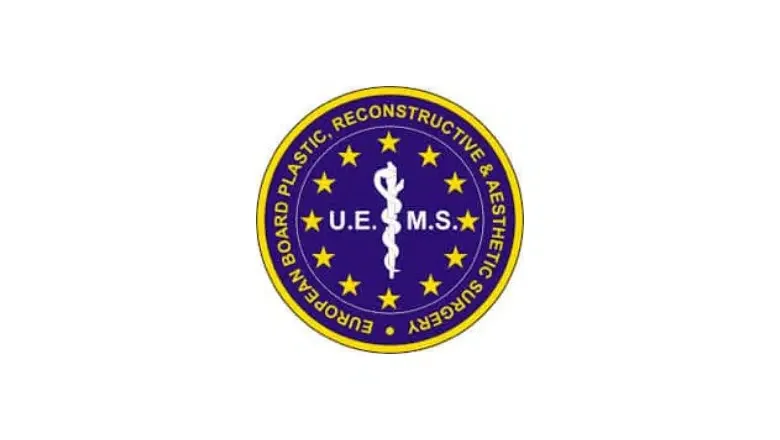The appendix, a small pouch connected to the large intestine, is a part of the human body that often gets noticed only when it causes problems. When inflamed, it can lead to appendicitis—a painful and potentially serious condition that often requires surgical removal of the appendix. While appendicectomy, the surgical procedure to remove the appendix, is a routine and effective treatment, it can leave behind a noticeable scar. This scar can be a source of discomfort or self-consciousness for many people, especially those concerned about their appearance.
In this article, we will explore ways to minimise the appearance of appendix scars. We’ll cover everything from understanding the nature of scars to treatments that can improve their look.
At Centre for Surgery, a London-based specialist in advanced surgical procedures and aesthetic care, patient-centred solutions are at the heart of what we do. Our expert team is well-versed in techniques to reduce or manage surgical scarring, ensuring optimal outcomes tailored to individual needs.
The Nature of Appendix Scars
Appendix scars are typically the result of surgical intervention. The type of scar you are left with depends largely on the surgical method used. A traditional open appendicetomy involves a single incision in the lower right abdomen, which often results in a more noticeable scar. On the other hand, laparoscopic surgery—a minimally invasive method—leaves behind smaller scars, usually three or four, that may fade more effectively over time.
Scars form as part of the body’s natural healing process. When the skin is cut or damaged, the body produces collagen to repair the area. The resulting scar tissue is often different in texture and colour compared to the surrounding skin, which can make it stand out. Factors like age, skin type, genetics, and the aftercare provided during recovery can influence how prominent a scar becomes.
RELATED: Do Hypertrophic Scars Go Away?
Can Appendix Scars Be Prevented?
While completely avoiding scars from surgical procedures is impossible, steps can be taken to minimise their formation. The first step towards a less visible scar starts in the operating theatre. Surgeons skilled in advanced techniques can often close incisions more precisely, reducing tension on the wound edges and promoting better healing.
After surgery, following post-operative care instructions is vital. Keeping the wound clean, avoiding undue stress on the area, and protecting it from the sun can make a significant difference. Ultraviolet rays can darken scars, making them more noticeable, so applying sunscreen with a high SPF to the area once it has healed is an excellent preventive measure.
Scar Reduction Treatments: What Are Your Options?
If your appendix scar remains a source of concern despite taking preventive measures, a variety of treatments are available to help reduce its appearance. Each treatment works differently and may be more or less effective depending on the scar’s size, age, and type.
Topical Treatments and Silicone Gels
One of the most accessible ways to address scars is through topical treatments. Over-the-counter scar creams or gels often contain ingredients designed to soften and flatten scar tissue. Silicone gel or silicone sheets are incredibly effective, creating a barrier over the scar that keeps it hydrated and protected. This method can be beneficial for newly formed scars but may also improve older scars with consistent use over time.
RELATED: Do Silicone Strips Help Cosmetic Surgery Scars Heal Better?
Laser Treatments for Scar Reduction
Laser technology has revolutionised scar management. Treatments such as fractional laser therapy can target the scar tissue directly, breaking it down and encouraging the growth of new, healthy skin. Laser therapy can also help reduce redness or discolouration in the scar, making it blend more seamlessly with the surrounding skin. It’s essential to consult an experienced practitioner, as laser treatment requires precise handling to avoid damage to nearby skin.
RELATED: Laser Scar Removal
Morpheus8
Morpheus8 is another advanced option that can stimulate the skin’s natural healing processes. This procedure involves using radiofrequency energy combined with tiny needles to create micro-injuries in the scar tissue. These micro-injuries trigger collagen production, helping to smooth and soften the scar over time. Microneedling is particularly effective for improving the texture of scars, and when combined with treatments such as laser resurfacing, it can yield even better results.
Steroid Injections
For hypertrophic or keloid scars, steroid injections may be recommended. These injections work by reducing inflammation and flattening the scar tissue. While they are not suitable for all scar types, they can be highly effective in reducing the size and prominence of certain scars.
Surgical Revision
In some cases, surgical scar revision may be the best option, particularly if the scar is large or uneven. This procedure involves removing the old scar and re-closing the area with advanced surgical techniques to create a more refined and less visible scar. Surgical revision is often combined with other treatments, such as laser therapy, for optimal results.
RELATED: Scar Revision Surgery FAQs
The Importance of Time and Patience
It’s crucial to remember that scars take time to mature and heal. What may appear as a prominent scar in the first few months after surgery can fade significantly over a year or two. Being patient and consistent with treatments can make a substantial difference in the long term.
Additionally, everyone’s skin heals differently. Some individuals are naturally predisposed to developing less visible scars, while others may be more prone to keloid or hypertrophic scarring. Understanding your skin type and discussing your concerns with a qualified specialist can help you set realistic expectations.
Holistic Care at Centre for Surgery
At Centre for Surgery, we recognise that scars are not just physical marks—they can affect your confidence and well-being. Our clinic combines expertise in surgical and non-surgical procedures with a patient-focused approach to ensure your treatment aligns with your goals. From consultations to aftercare, we guide you through every step of your scar reduction journey.
We understand that each person’s experience with scarring is unique, so we tailor our treatments to suit individual needs. Whether it’s laser therapy, microneedling, or surgical scar revision, our goal is to help you feel comfortable in your skin again.
Enhancing Confidence Through Care
While appendix scars are a natural part of the healing process, they don’t have to remain a permanent reminder of surgery. Advances in medical treatments have made it easier than ever to reduce the appearance of scars, helping people regain their confidence and sense of self.
The first step towards scar reduction involves understanding your options and seeking expert advice. At Centre for Surgery, we are dedicated to providing care that enhances not only your appearance but also your quality of life.
Your skin tells a story, and every scar is part of that narrative. However, with the right treatment and care, you have the power to rewrite how that story is told. If you’re ready to explore ways to minimise your appendix scar, reach out to our experienced team to learn more about how we can help.
About Centre for Surgery
Located in the heart of London, Centre for Surgery is a trusted name in advanced surgical and aesthetic treatments. Committed to innovation and patient care, we specialise in a range of procedures designed to enhance appearance and well-being. Our team of highly trained specialists works with state-of-the-art technology to deliver tailored solutions, ensuring every patient achieves their desired outcomes with confidence and peace of mind.
